Hello everyone how are you? Today’s topic is “Buddhist Statue” (Butsuzo) which is seen everywhere when you visit temples.
Buddhism has been the dominant religion in Japan for well over a millennium. There are now about 80,000 Buddhist temples around the country.
At most of them, the principal object of worship is a statue, in front of which visitors pray.
Contents
What kind of Buddhist Statues (Butsuzo) are there ?
Buddhist statue (Butsuzo) can be classified into four main categories.
Shaka Nyorai are the highest in rank. These are beings who have attained enlightenment. The most famous nyorai is Shaka Nyorai, the founder of Buddhism.
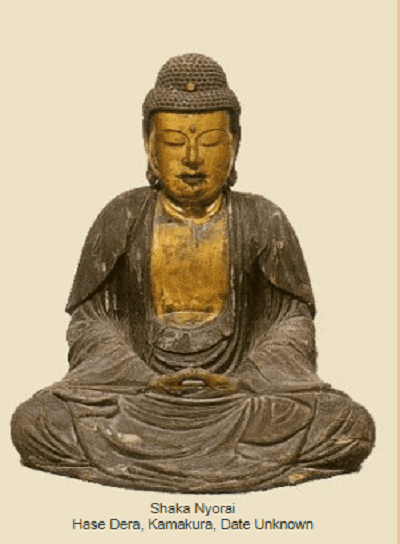
Shaka Nyorai, the founder of Buddhism
Shaka Nyorai (Buddha) and the origins of Buddhism
Buddhism originated in Northern India, or present-day Nepal. It was here that the Historical Buddha (aka Prince Siddhartha, Gautama Buddha), was born and lived in the sixth century BC.
In China, his contemporaries were Confucius and Lao-tzu (the founder and “old boy” of Chinese Taoism), and slightly later in the West comes Plato (approx. 427 – 347 BC).
When Buddhism arrived in Japan in the 6th and 7th centuries AD via Korea and China, Siddhartha became known in Japan as Shaka or Shakamuni, which means “Sage of the Shaka Clan” (his actual birth clan).
In Japan, Shaka Nyorai (translated as Shaka Tathagata or Shaka Buddha) is venerated widely among most Buddhist sects, with the exceptions of the Jōdo Shinshū Sect (New Pure Land Sect, which revers Amida Nyorai) and the Shingon school of Esoteric Buddhism (which revers Dainichi Nyorai).
Nonetheless, Shaka is honored as one of the 13 Deities (Jūsanbutsu) of the Shingon Sect. In this role, Shaka presides over the memorial service held on the 14th day following one’s death.
Mantra for Shaka Nyorai = naamaku saamanda bodananbaku
Other Nyorai include Amida Nyorai, who leads people to the pure Land.
And Yakushi Nyorai, who can heal the sick. Different nyorai statues are used by different sects.
Next, bosatsu. These are beings who are working towards attaining enlightenment. The most common bosatsu is Kannon Bosatsu, who has a warm smile and offers help to people with problems.
Besides nyorai nad bosatsu, there are also Myo-oh and ten. Myo-oh are deities who punish those who ignore the Buddha’s teachings. Ten are Indian gods and goddesses who became Buddhist guardian deities.
Buddhist statue (Butsuzo) were first produced in Japan over 1,400 years ago. Ever since, great efforts have been made to create representations of Buddhist figures.
This is the 7th-century Shaka Nyorai statue at Horyuji Temple. One of its notable features is the long, flowing robe covering the dais. Its swirling patterns symbolize the diving powers of the Buddha.
The combination of the robe and the decorative piece behind the figure suggests that the Buddha is emitting light in all directions.
Above, Shaka Nyorai : Below, Houryuji Temple
This Yakushi Nyorai statue at Shinyakushiji Temple was made in the 8th century. It’s easy to see that its raised right hand is thick and plump, but look closely and you’ll notice that the fingernails are curbed upwards.
They’re said to have been modelled after the nails of a baby. At the time this statue was made, people associated babies’ vigour and innocence with Buddhist deities.
Japan is home to a vast number of Buddhist statues that were produced with the aim of spreading Buddhism, and their designs all represent the hopes and prayers of believers.
What do you think it is that looks like a small dot placed center on the forehead of Buddhist images?
In Buddhist art and culture, we say byakugōin Japan (urna),that is a spiral or circular dot of hair whose stretched length is about 15 feet, placed on the forehead of Buddhist images as an auspicious mark.
It symbolizes a third eye, which in turn symbolizes vision into the divine world; a sort of ability to see past our mundane universe of suffering and it is said to emit light and illuminate the world.
Finally, we have two blogs related to here’s article, one is “Android Kannon (Buddhist deity) to help people“, and another “Todaiji” to be visited, thanks

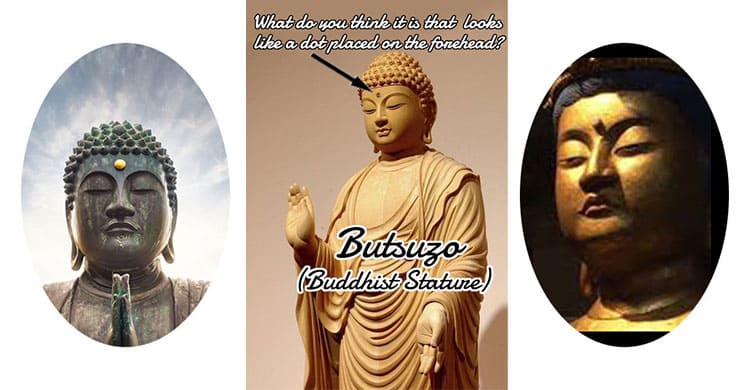
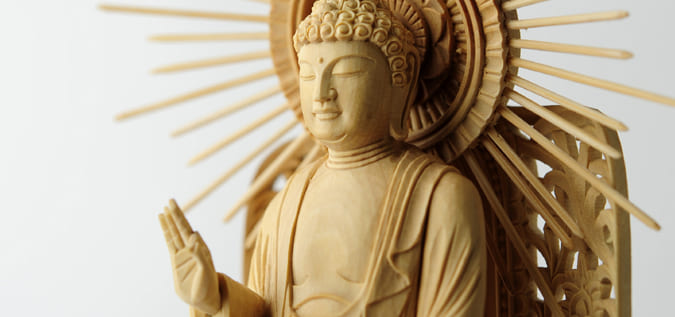
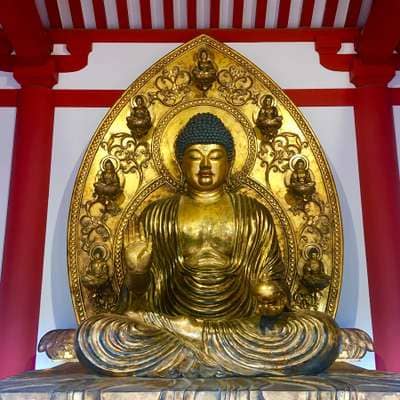

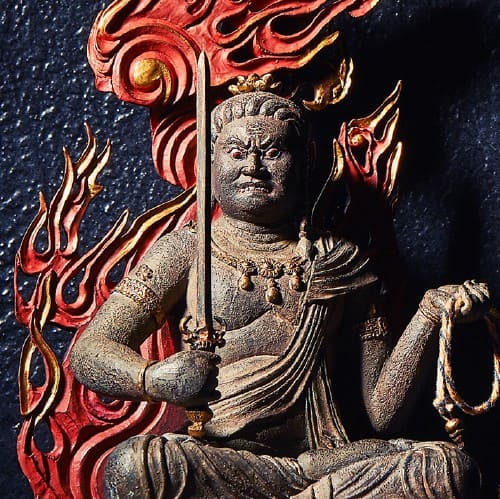
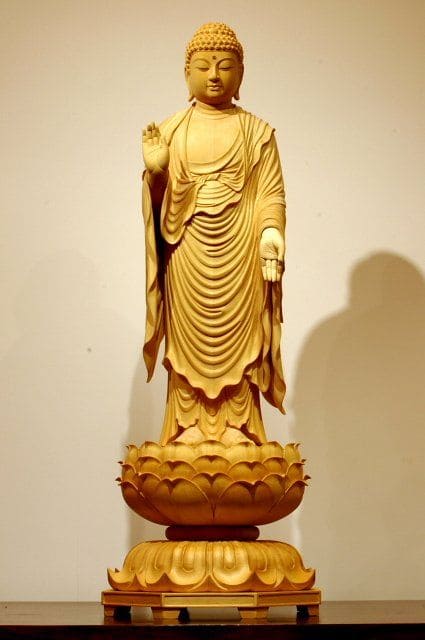
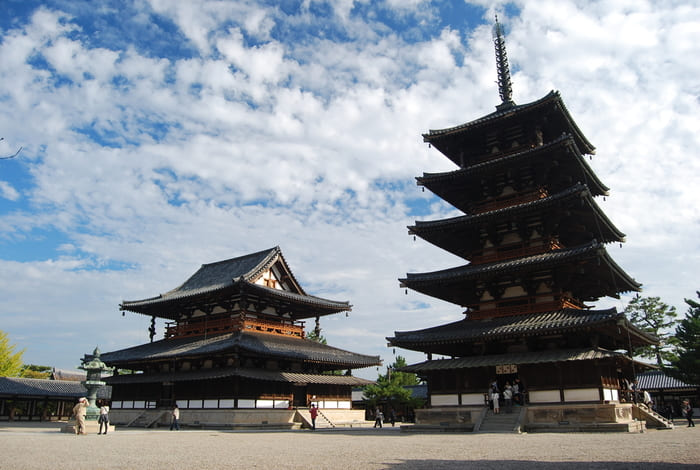

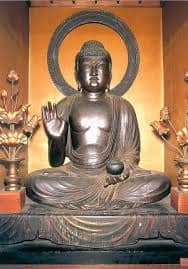

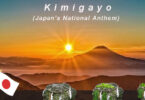

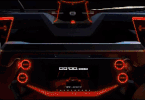


Leave a Comment